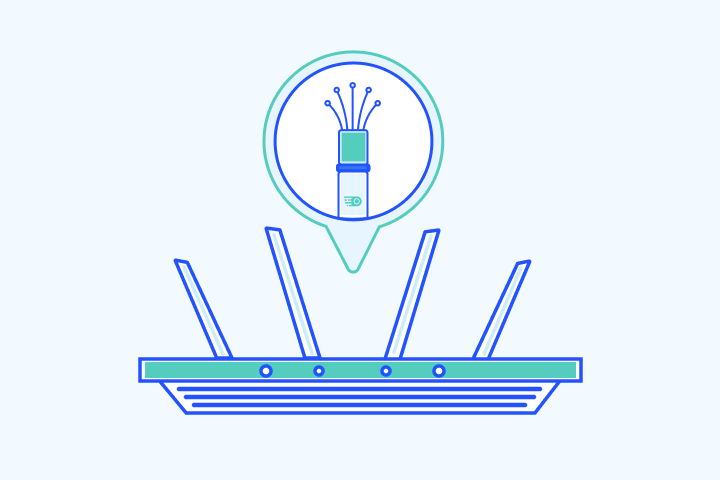DIRECTV, owned by AT&T, is the nation’s leading satellite TV provider today. They’re committed to delivering premium video entertainment through satellite and internet streaming technologies, with deep discounts when you bundle services alongside AT&T internet and phone. DIRECTV’s premium channels include NFL Sunday Ticket, HBO Max, Cinemax, SHOWTIME, and STARZ.
- Internetchevron_right
- TV & Streamingchevron_right
- Providerschevron_right
- Resourceschevron_right
- GIVE OUR EXPERTS A CALLcall833-481-4463


